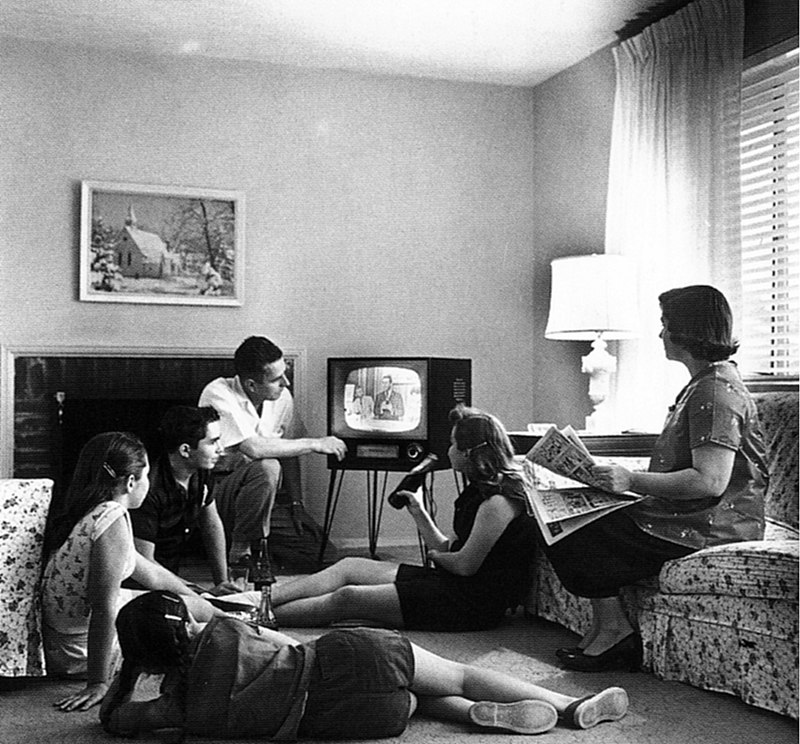Breaking Patterns: A Day-to-Day Practice for Life and Art
As creatives, we thrive on discovery, innovation, and transformation.
Yet, how often do we find ourselves trapped in patterns—those habitual ways of thinking, reacting, and moving through the world that can quietly dull our creative edge?
Breaking those patterns isn’t just a quirky exercise—it’s the essence of keeping our art and lives alive. Inspired by my work as a writer, actor, and development coach in these areas, I’ve developed a practice for breaking habituated patterns. Here’s how it works and why it matters.
The Power of Pattern Awareness
Patterns aren’t inherently bad—they’re neutral. They help us function efficiently. But they can confine us when we live and create without being aware of and questioning them. Characters in stories follow patterns, too, and the moment a pattern breaks in the narrative, transformation begins. This is just as true for our lives as it is for our art.
To break patterns, you need four steps: awareness, awareness of understanding, a plan, and intentional action. These steps may sound simple, but they lead to profound shifts in how you approach your art and relationships.
Step 1: Become Aware
The first step is essential yet revolutionary: notice the pattern. Let’s say every morning, without thinking, you dry off your left leg first after a shower. Why? We don’t know —it’s just what you do. The physical is a great place to start because it’s concrete and observable.
Now imagine that instead of just doing what you always do, you pause and say, “Ah, there’s that pattern.” This moment of recognition is the foundation for everything else.
Step 2: Be Aware That You’re Aware
Awareness is a start, but awareness of awareness is where the magic happens. When you realize, “I’m aware of this pattern,” you open the door to inquiry. This step moves you from passive observation to active curiosity. I am now aware of the active choice that I dry my left leg first! What does this reveal about the experience I am having right now?
This cascading inquiry applies to mental and emotional patterns, too. For example, consider how you respond to conflict in a scene you’re writing or a real-life disagreement. Is there a predictable rhythm, way, or outcome to your reaction?
Step 3: Create a Plan
Now that you have your awareness, you must follow it with intention. You have now identified your pattern and become aware of being aware, and now you will create a plan for what you’ll do differently next time.
Using the shower example, your plan might be to dry your right leg first tomorrow. It sounds almost absurdly simple, but that’s the point. Physical patterns are easy to spot and break, and this practice builds muscle for tackling the more nuanced mental and emotional ones.
Your plan for creative work could involve changing how you approach a familiar story beat or rethinking a character’s reaction. With a committed plan, you are ready to take affirmative action.
Step 4: Execute the Shift
Here’s where the next level of the work begins. When the pattern emerges, execute your plan. Initially, it might feel clunky or unnatural, and you might momentarily get so caught up in your shower that you are remiss to recall your intention to implement your new behavior. That’s okay. The key is to keep bringing yourself back to the moment of awareness.
For example, you have finished your shower and intend to dry your right leg first this time. Suddenly, you notice that you are halfway done drying your left leg first again. Instead of getting frustrated, use that moment to deepen your awareness: “Oh, there it is! I went unconscious for a second.” Each time you catch yourself, you’re retraining your awareness on multiple levels.
A pivotal moment is when you intend to do what you want, and as the moment arrives for you to make your “choice point,” you execute the plan with the intended choice made and follow up with it as well. That feeling is so lush and vibrant.
Breaking a pattern in your daily life might mean pausing conversations when you’d typically offer advice. Instead, ask a question, go silent for a moment, or shift the dynamic and watch how the energy changes.
Why This Matters for Creatives
Breaking patterns isn’t just about shaking things up—it’s about freeing yourself from your predictability and making hack choices. When you break a pattern, you open the door to surprise, discovery, and growth. In storytelling, this is the moment a character steps into the unknown. In life, it’s the moment you allow something new to emerge.
Patterns keep relationships, stories, and even our art in loops. By breaking them, we move beyond repetition into innovation.
Start NOW!
Today, pick one small pattern to break. It could be physical (which leg you dry first), mental (how you respond to a recurring thought), or relational (your predictable reply to a partner or friend).
Follow these four steps: 1. Become aware. 2. Be aware that you are aware. 3. Make your plan. 4. Execute your plan.
Please email me with your experience. I’d love to hear how this practice changes your life.
As David Bowie once said, If you feel safe in the area you’re working in, you’re not working in the right area. Breaking patterns is how we step into those uncertain, fertile spaces where creativity thrives. Let’s start breaking the old habits and spiraling our creative work to an exhilarating and wonderful newness.
Blissfully
Joshua






